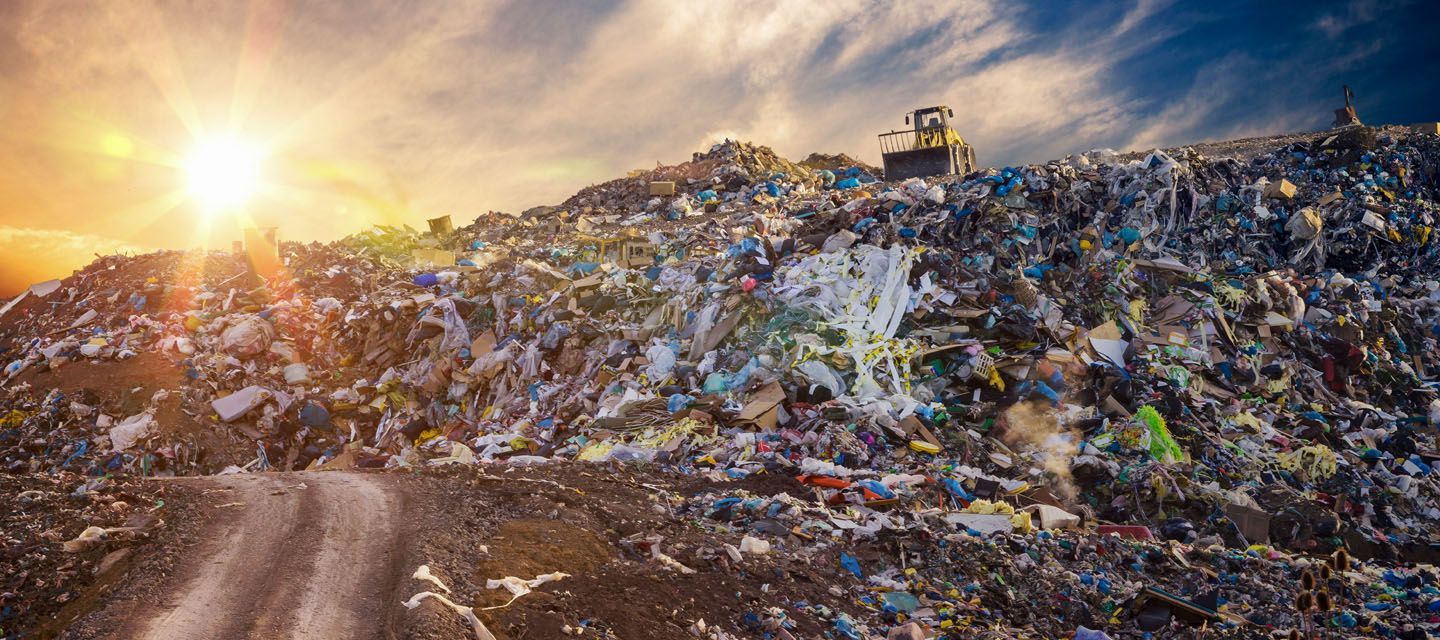Repositioning the Audit Process: Uncovering True Value in Rigorous Audit Results
Audits provide unique insights into the day-to-day operations of a business.

Introduction
Audits are pivotal in ensuring business operations not only meet industry standards but also function effectively and efficiently. However, the process of undergoing an audit is often viewed as stressful and confrontational. It is essential for audit clients to reframe this perception, seeing audits not as punitive evaluations but as fundamental tools for significant growth and improvement. This article aims to shift the narrative—from fearing rigorous audit results to valuing them as indispensable tools for enhancing company integrity and compliance.
Understanding Audit Outcomes
The natural reaction to a challenging audit might include feelings of frustration or defensiveness. It’s understandable; it feels daunting to have your business vulnerabilities exposed. However, it’s crucial to recognise that an auditor who uncovers significant issues is not an adversary but a strategic ally. This partnership is fundamental in the quest to fortify and enhance your business operations.
The Pitfalls of a "Perfect" Audit
A flawless audit report might appear to be the ultimate goal for any business, but it's important to scrutinise what such an outcome actually represents. Does it genuinely reflect an operation without faults, or does it mask deeper, underlying issues? Auditors who focus solely on delivering pleasing results might inadvertently create a false sense of security. The stark reality is that issues which are overlooked or unreported can eventually lead to severe consequences when they are uncovered by regulatory bodies such as the Health and Safety Executive (HSE). This often results in substantial penalties and significant financial and reputational damage.
The Real Value of a Rigorous Audit
Acknowledging Emotions
Audits can trigger high emotional responses, particularly when findings highlight potential risks or critical areas needing improvement. Clients might respond with emotional outbursts or defensive postures, often because the audit’s findings touch on sensitive issues such as financial constraints or operational shortcomings. Auditors must approach these reactions with understanding and empathy, recognising the client’s emotional state while guiding the conversation towards a more rational and constructive dialogue.
Focusing on Facts
The core purpose of an audit is to uncover factual details about processes and controls that might be underperforming. Keeping discussions focused on systemic issues rather than personal faults is vital. By pinpointing problems within processes and supporting these findings with solid evidence, auditors help clients see the issues from an objective standpoint, thus detaching emotional reactions from the practical implications.
Prioritising Process Over People
It is common for individuals involved in an audit to perceive findings as personal criticisms, which can cloud judgement and hinder constructive responses. Auditors need to clarify that most audit findings relate to errors in processes—such as a lack of awareness, insufficient funding, or inadequate training—and are not necessarily indicative of personal incompetence or negligence. Helping clients understand this distinction can shift their perspective from taking personal offence to focusing on operational improvements.
Strategic Benefits of Embracing Audit Findings
Embracing rigorous audit results is far more than merely accepting critiques; they are opportunities for critical operational enhancements. Each finding provides a chance to address and rectify gaps that, if left unchecked, could evolve into more severe compliance or efficiency issues.
Learning from Every Audit
Audits provide unique insights into the day-to-day operations of a business. Whether revealing unnoticed inefficiencies, overlooked regulatory misalignments, or areas where resources are either overused or underutilised, audits help shape strategic decisions that can lead to significant improvements.
Building a Culture of Continuous Improvement
By embracing the results of each audit, companies can foster a culture of transparency and continuous improvement. This proactive stance not only prepares businesses to handle future challenges but also positions them as reliable and ethical market leaders.
Enhanced Expertise Through Professional Associations
Our auditors not only conduct rigorous audits but also sit on the Audit and Technical Committees for leading trade associations such as ACAD (Asbestos Control and Abatement Division) and ASESA (Asbestos Safety and Environmental Association). This involvement ensures that we stay at the leading edge of industry changes, equipping our clients to always be one step ahead of the competition. The primary audits we offer are Licensed Asbestos Removal Contractor (LARC) audits, and we are the UK's leading provider of these services, working closely with ACAD, ASESA, and Assure 360.
Conclusion
Facing challenging audit results is a crucial step in the continuous journey towards business excellence. Effective auditors do not simply identify issues—they provide a framework through which these issues can be understood and rectified. Ultimately, a "bad" audit result is a powerful catalyst for strategic enhancement, offering far more long-term value than the fleeting satisfaction of a "perfect" but potentially superficial audit.
Call to Action
Do not let the allure of favourable audit results detract from the primary purpose of the process. Embrace rigorous audits as vital tools for identifying and resolving issues that could compromise your business's success and integrity. Contact us today to learn how our detailed and thorough audit services can help transform your operational challenges into opportunities for growth and leadership in your industry.









